Home>Garden Essentials>How Much Do Property Values Increase With The Addition Of Green Space
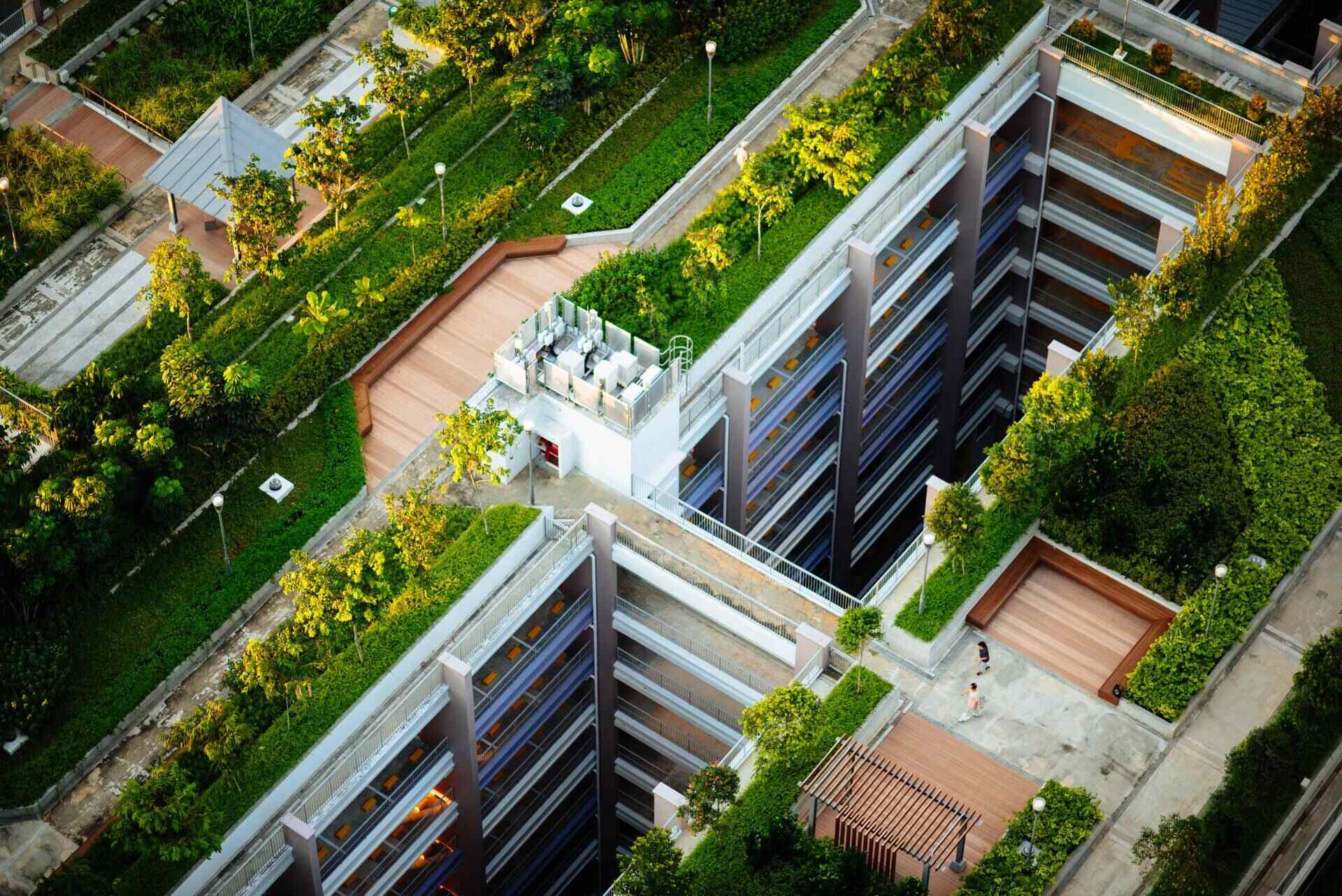

Garden Essentials
How Much Do Property Values Increase With The Addition Of Green Space
Modified: March 7, 2024
Discover how adding a garden can boost property values. Learn about the significant increase in value that green spaces can bring to your property.
(Many of the links in this article redirect to a specific reviewed product. Your purchase of these products through affiliate links helps to generate commission for Storables.com, at no extra cost. Learn more)
Introduction
In today’s urbanized world, the value of green spaces cannot be overstated. As cities grow and become more densely populated, the need for accessible outdoor areas becomes increasingly important. Not only do green spaces provide a respite from the concrete jungle, but they also have a positive impact on property values.
When it comes to real estate, location and amenities are key factors that influence property values. Traditionally, amenities such as schools, shopping centers, and recreational facilities have been the focal points for home buyers. However, in recent years, the presence of green space in a neighborhood has emerged as a significant contributing factor to property values, and for good reason.
Green spaces encompass a wide range of outdoor areas, including parks, gardens, forests, and even rooftop gardens. They offer numerous benefits to residents, such as improved air quality, reduced noise pollution, and opportunities for physical activity. These factors not only enhance the quality of life for individuals but also make a neighborhood more desirable, leading to increased property values.
The purpose of this article is to delve into the impact of green spaces on property values. We will explore the methodology used to measure these effects, the various factors that can influence property values, and the specific ways in which green spaces can contribute to increasing property values. Additionally, we will examine case studies that demonstrate the positive relationship between green spaces and property values.
Whether you’re a homeowner looking to enhance the value of your property or a developer considering the inclusion of green spaces in your projects, understanding the impact of green spaces on property values is essential. So, let’s explore the fascinating world of green spaces and their influence on real estate.
Key Takeaways:
- Green spaces, like parks and gardens, increase property values by making neighborhoods more desirable, providing environmental benefits, and promoting a healthier, more active lifestyle.
- Research shows that living near green spaces, such as iconic parks or urban oases, can significantly boost property values and enhance overall satisfaction and well-being for homeowners and communities.
Methodology
Measuring the impact of green spaces on property values can be a complex task. Researchers typically employ several methodologies to assess this relationship and gather empirical evidence. The following are some common approaches used in studying the influence of green spaces on property values.
- Hedonic Pricing: This method is widely used to estimate the value that individuals place on specific characteristics of a property. Researchers collect data on housing prices and various property attributes, including the presence of green spaces. By analyzing the differences in property values based on the presence or proximity of green spaces, researchers can determine the added value associated with these amenities.
- Comparative Analysis: Another approach involves comparing property values in neighborhoods with varying levels of green space. By examining areas with similar socioeconomic characteristics, but differing in terms of green space availability, researchers can isolate the impact of green spaces on property values. This helps establish a clear cause-and-effect relationship between green spaces and property values.
- Surveys and Questionnaires: Researchers often rely on surveys to gather data directly from homeowners. These surveys assess the perceived value of green spaces and the specific amenities that residents associate with them. By collecting data on the preferences and willingness to pay for proximity to green spaces, researchers can further understand the impact on property values.
It is important to note that the methodology employed may vary depending on the specific research objectives and available data. In some cases, researchers also consider other factors such as demographic characteristics, crime rates, and accessibility to public transportation when examining the impact of green spaces on property values.
By utilizing these various methodologies, researchers can paint a comprehensive picture of the relationship between green spaces and property values. These studies not only provide valuable insights for homeowners and developers but also help inform urban planning decisions to create greener and more livable cities.
Factors Affecting Property Values
Property values are influenced by a multitude of factors, including location, amenities, and market conditions. When it comes to the impact of green spaces on property values, several key factors deserve attention. Understanding these factors can help homeowners, real estate agents, and developers make informed decisions regarding the inclusion or development of green spaces in a neighborhood.
- Location: Location has long been considered one of the most crucial factors influencing property values. Properties located near green spaces, such as parks or gardens, tend to command higher prices due to their desirable surroundings and proximity to nature.
- Quality and Size: The quality and size of green spaces also play a role in property values. Well-maintained parks with lush vegetation, walking trails, and recreational areas increase the desirability of a neighborhood. Large green spaces that offer ample recreational opportunities tend to have a more significant impact on property values compared to smaller, less developed areas.
- Access and Proximity: Easy access to green spaces is a significant factor in determining property values. Homes located within walking distance of green spaces are often more attractive to homebuyers, as they provide convenient access to outdoor activities and a natural environment.
- Scenic Views: Properties with scenic views of green spaces, such as waterfront parks or lush forests, tend to command higher prices. The visual appeal and tranquility associated with these views can significantly enhance the overall value of a property.
- Environmental Benefits: Green spaces offer a range of environmental benefits, such as improved air quality and reduced noise pollution. Properties located near green spaces can benefit from these environmental advantages, leading to increased property values.
- Social and Health Benefits: The presence of green spaces promotes a healthier and more active lifestyle. Access to parks and recreational areas encourages physical activity, which can lead to improved health outcomes. The availability of these amenities contributes to the overall livability of a neighborhood, thus positively influencing property values.
It is important to note that these factors interact with other market conditions and neighborhood characteristics. A well-maintained green space in a socioeconomically vibrant neighborhood with excellent schools and other amenities will likely have a more substantial impact on property values compared to a similar green space in a less desirable area.
By considering these factors, homeowners and developers can strategically leverage the presence of green spaces to increase property values and create thriving communities. The next section will delve into the specific ways in which green spaces contribute to enhancing property values.
When adding green space to a property, the value can increase by 5-20%. This is because green spaces improve the aesthetics, air quality, and overall appeal of the area, making it more desirable for potential buyers.
The Role of Green Space in Property Values
Green spaces have a significant impact on property values due to the various benefits they provide to residents and the overall community. The presence of well-designed and accessible green spaces can enhance the desirability of a neighborhood, making it more attractive to potential buyers and leading to increased property values.
One of the key roles of green space in property values is its ability to create a sense of visual appeal and natural beauty. Properties with views of green spaces, such as parks or gardens, often command higher prices due to the tranquility and aesthetic value associated with these views. The presence of greenery creates a more serene and peaceful ambiance, which is highly sought after by homeowners.
Green spaces also contribute to the overall livability and quality of life in a neighborhood. Access to parks and recreational areas provides residents with opportunities for outdoor activities, exercise, and relaxation. This leads to a healthier and more active lifestyle, which can have a positive impact on the well-being of individuals and communities. The availability of these amenities enhances the attractiveness of a neighborhood, increasing the demand for properties in the area and subsequently raising property values.
Furthermore, green spaces provide numerous environmental benefits that can positively impact property values. Trees and vegetation help improve air quality by reducing pollutants and filtering out harmful particles. This has a direct impact on the health and well-being of residents, making properties located near green spaces more appealing and valuable.
Green spaces also contribute to the reduction of noise pollution, creating a more peaceful living environment. Trees and vegetation act as natural sound barriers, absorbing and diffusing noise from traffic and other sources. Properties located near green spaces experience lower levels of noise disturbance, making them more desirable and valuable to potential buyers.
In addition to environmental benefits, green spaces also have a social and community-building role. Parks and recreational areas serve as gathering places for residents, facilitating social interactions and community engagement. This sense of community and social cohesion contributes to the overall attractiveness and desirability of a neighborhood, positively influencing property values.
Overall, green spaces play a multifaceted role in enhancing property values. They provide visual appeal, improve air quality, reduce noise pollution, promote physical activity, and foster a sense of community. By incorporating well-designed and accessible green spaces into neighborhoods, homeowners and developers can not only increase the value of their properties but also create healthier, more vibrant, and livable communities.
Case Studies
Numerous case studies have been conducted to validate the positive impact of green spaces on property values. Let’s explore some notable examples that demonstrate the correlation between green spaces and increased property values.
- Central Park, New York City: Central Park is one of the most iconic green spaces in the world, and its presence has a profound effect on property values in its surrounding areas. Properties located near Central Park are highly sought after and command premium prices. The park’s scenic views, recreational opportunities, and the sense of tranquility it provides significantly contribute to the appeal of properties in the vicinity.
- The High Line, New York City: The High Line is a unique elevated park built on a historic freight rail line in Manhattan. The transformation of this disused space into a public park has had a transformative effect on property values in the surrounding neighborhoods. Properties located near The High Line have experienced a significant increase in value, reflecting the desirability of living in close proximity to this exceptional green space.
- Millennium Park, Chicago: Millennium Park is a prime example of the positive impact of green spaces on property values in an urban setting. The park’s iconic features, such as the Cloud Gate sculpture, lush gardens, and outdoor concert venues, have made it a popular destination for residents and visitors alike. Properties near Millennium Park have seen substantial increases in value, as the park enhances the livability and attractiveness of the surrounding neighborhoods.
- High Park, Toronto: High Park, located in Toronto, is a large urban park known for its natural beauty and recreational amenities. Properties in the vicinity of High Park have experienced a boost in value due to the park’s offerings, including hiking trails, sports facilities, and proximity to Lake Ontario. The park’s ability to create a serene and natural environment within an urban setting has made it a desirable location for homeowners, positively affecting property values.
- Golden Gate Park, San Francisco: Golden Gate Park is a sprawling urban oasis in the heart of San Francisco. The park’s expansive green spaces, botanical gardens, and cultural attractions make it a significant factor in the high property values of the surrounding neighborhoods. The park’s role in providing residents with access to nature and recreational opportunities contributes to the desirability and value of properties in the area.
These case studies demonstrate consistent evidence of the positive impact of green spaces on property values. Whether in the form of iconic parks, urban redevelopment projects, or large-scale recreational areas, green spaces enhance the attractiveness, livability, and desirability of neighborhoods, leading to increased property values.
It is important for homeowners, real estate agents, and developers to consider the potential benefits of incorporating green spaces into their projects. By doing so, they can not only create value for their properties but also contribute to the well-being and satisfaction of the community.
Read more: How Much Does A Driveway Increase Home Value
Conclusion and Implications
The presence of green spaces has a significant positive impact on property values. The combination of visual appeal, environmental benefits, and enhanced quality of life makes green spaces highly desirable to homeowners and buyers. By incorporating green spaces into neighborhoods, property values can be increased, creating more vibrant and attractive communities.
The case studies mentioned above serve as real-world examples of how green spaces can influence property values. From iconic parks like Central Park and Golden Gate Park to innovative projects like The High Line, these green spaces have transformed their surroundings and significantly increased property values in the process.
For homeowners, green spaces can provide a tranquil and aesthetically pleasing environment, contributing to their overall satisfaction and well-being. Investing in properties near green spaces can lead to increased property values over time as the demand for these locations continues to rise.
Real estate developers can also benefit from including green spaces in their projects. The presence of well-designed and accessible green spaces can attract buyers and command premium prices. Additionally, green spaces contribute to the overall sustainability and livability of a development, making it more appealing in a competitive real estate market.
Urban planners and policymakers should also take note of the implications of green spaces on property values. By prioritizing the creation and preservation of green spaces, cities can enhance the quality of life for their residents and create more sustainable and livable communities. The positive impact of green spaces on property values highlights the importance of incorporating nature into urban planning strategies.
In conclusion, green spaces are not just beautiful and restorative amenities in urban environments; they are also valuable assets that can significantly impact property values. From improved aesthetics to better health outcomes and community engagement, the benefits of green spaces extend far beyond their economic value. By recognizing and harnessing the potential of green spaces, individuals, homeowners, developers, and communities can all reap the rewards of increased property values and improved quality of life.
Frequently Asked Questions about How Much Do Property Values Increase With The Addition Of Green Space
Was this page helpful?
At Storables.com, we guarantee accurate and reliable information. Our content, validated by Expert Board Contributors, is crafted following stringent Editorial Policies. We're committed to providing you with well-researched, expert-backed insights for all your informational needs.
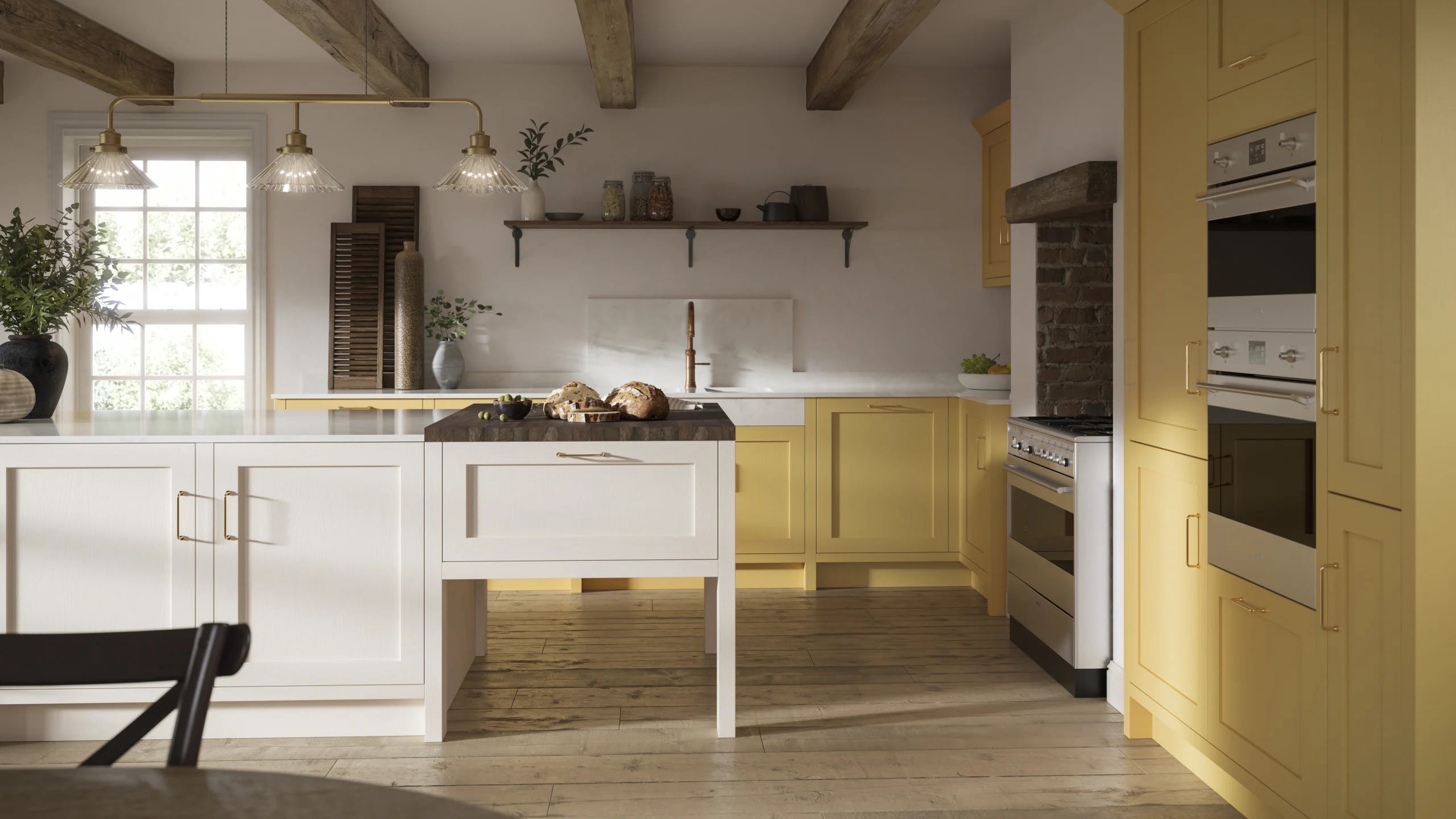
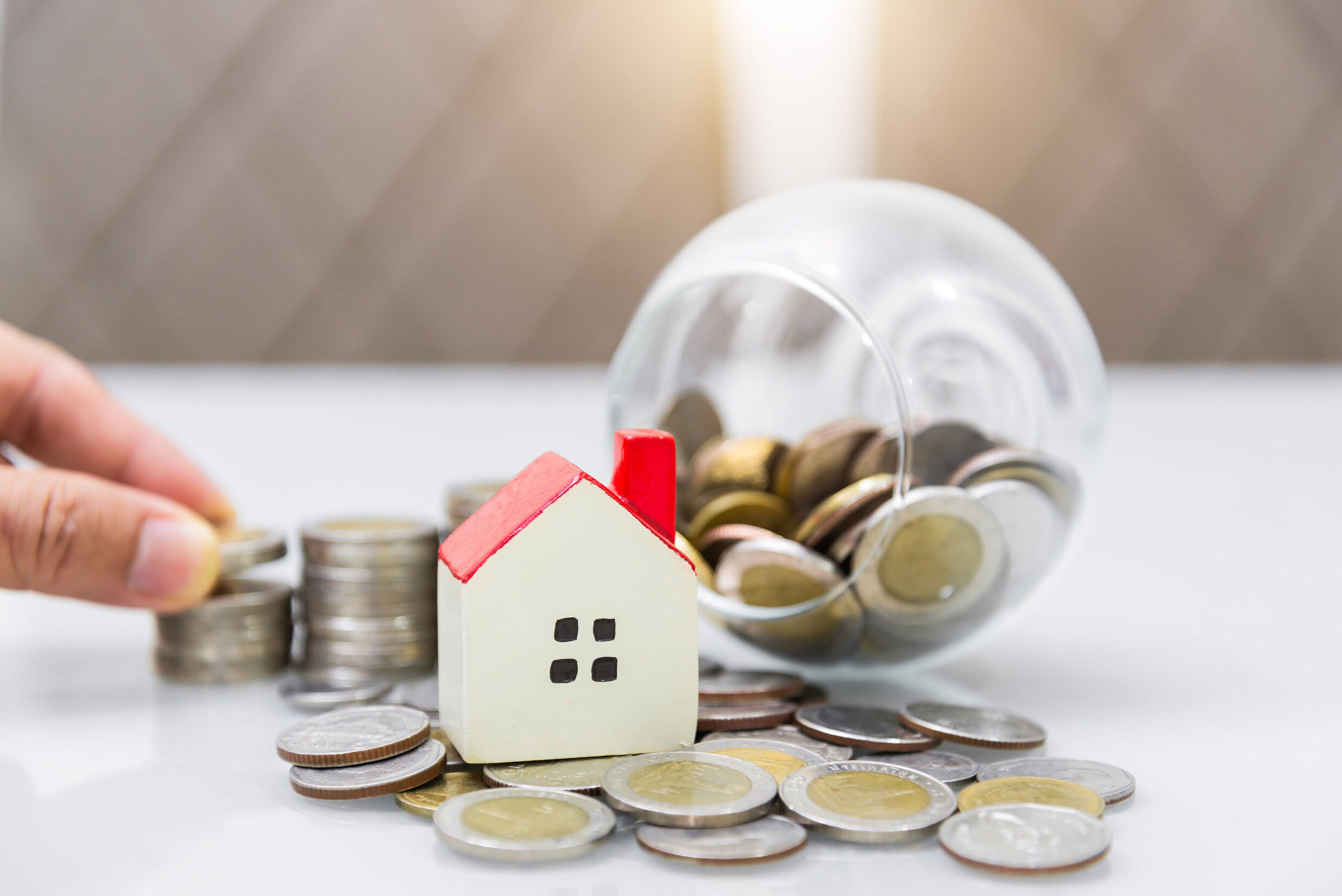
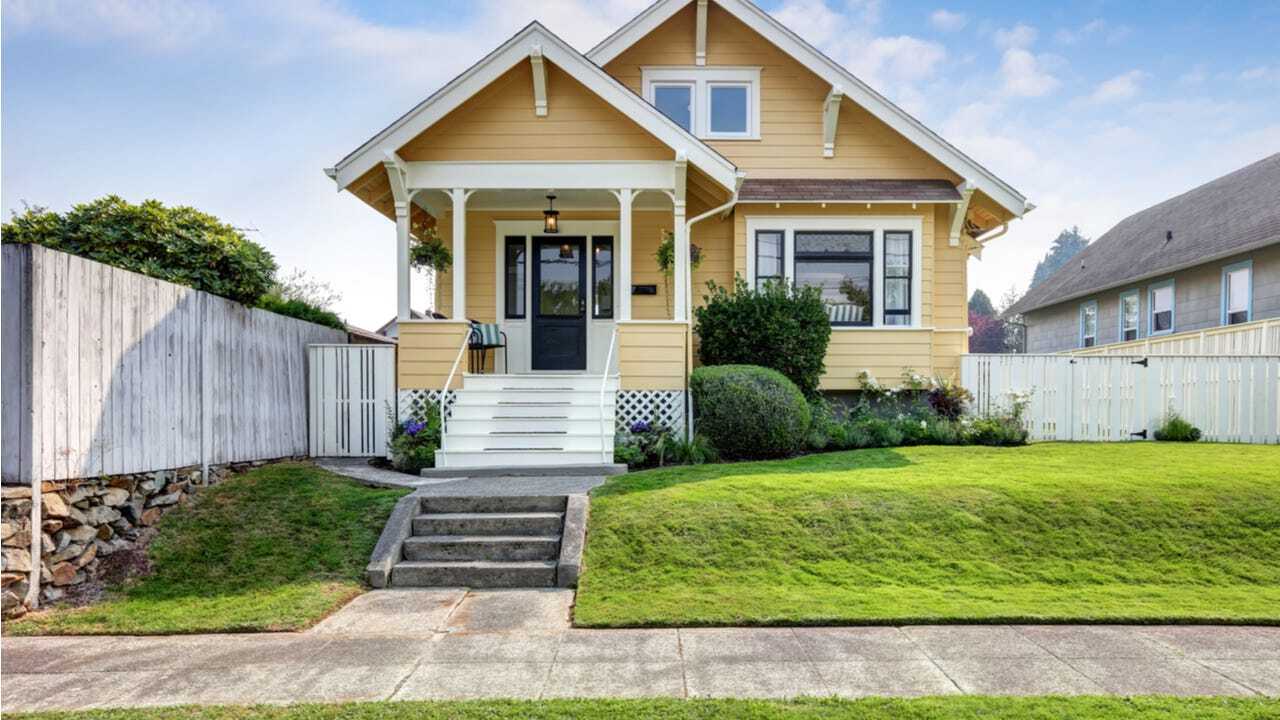
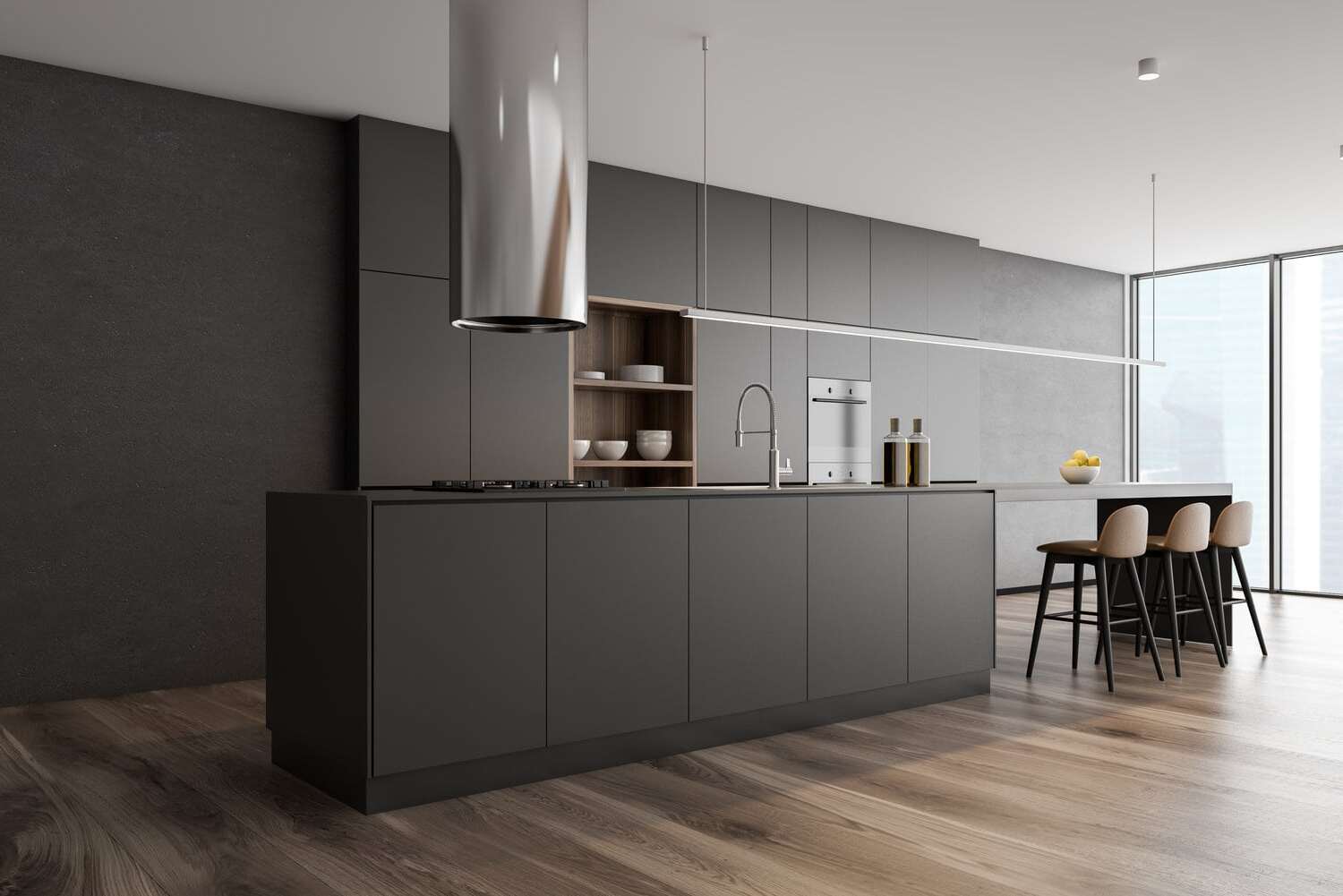
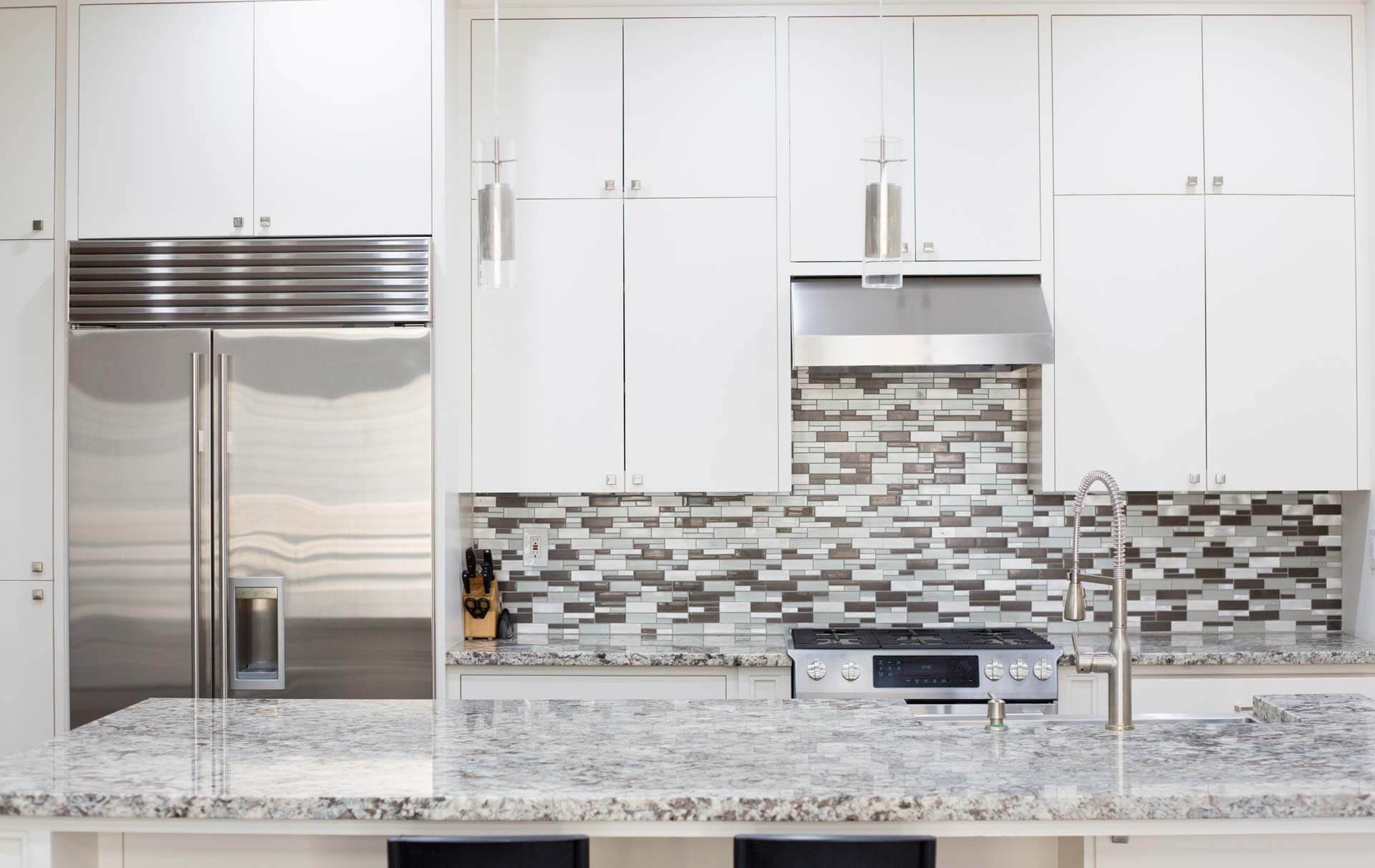
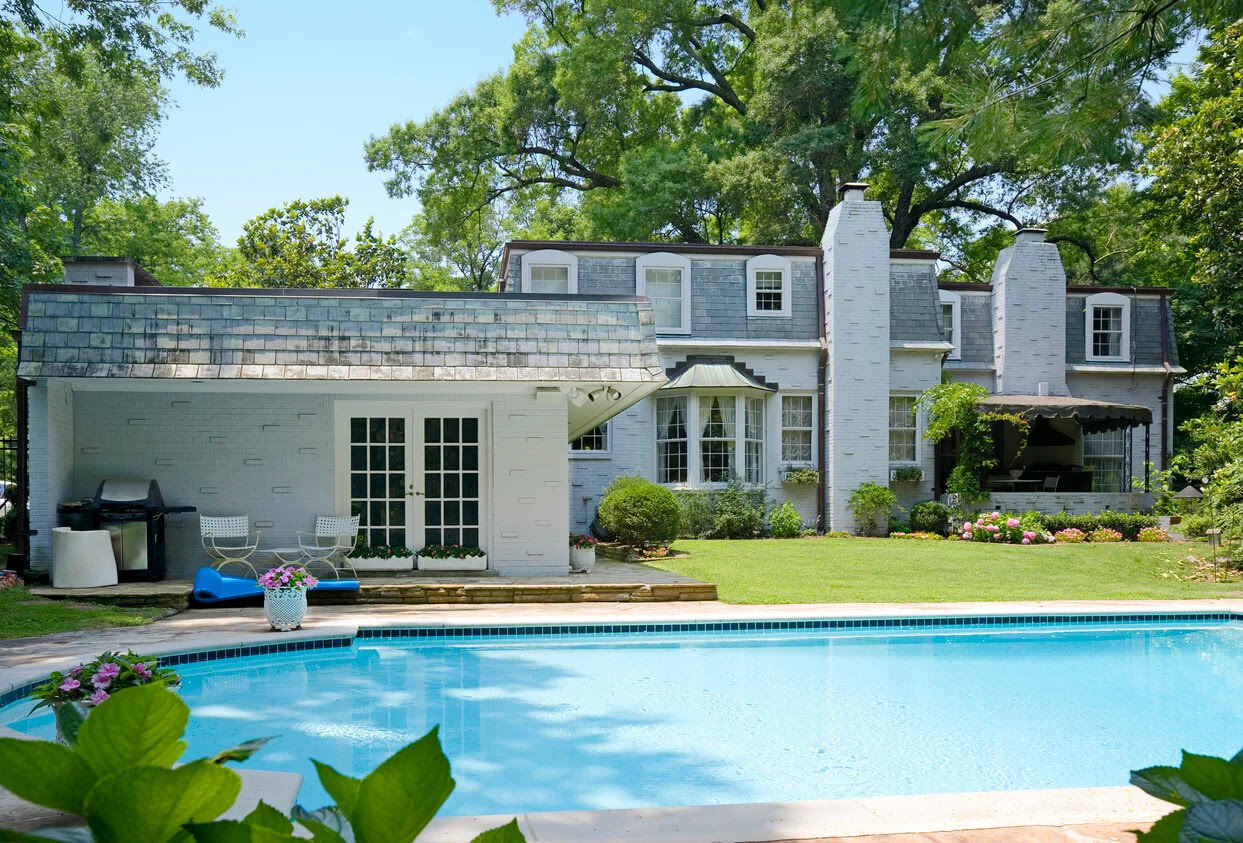
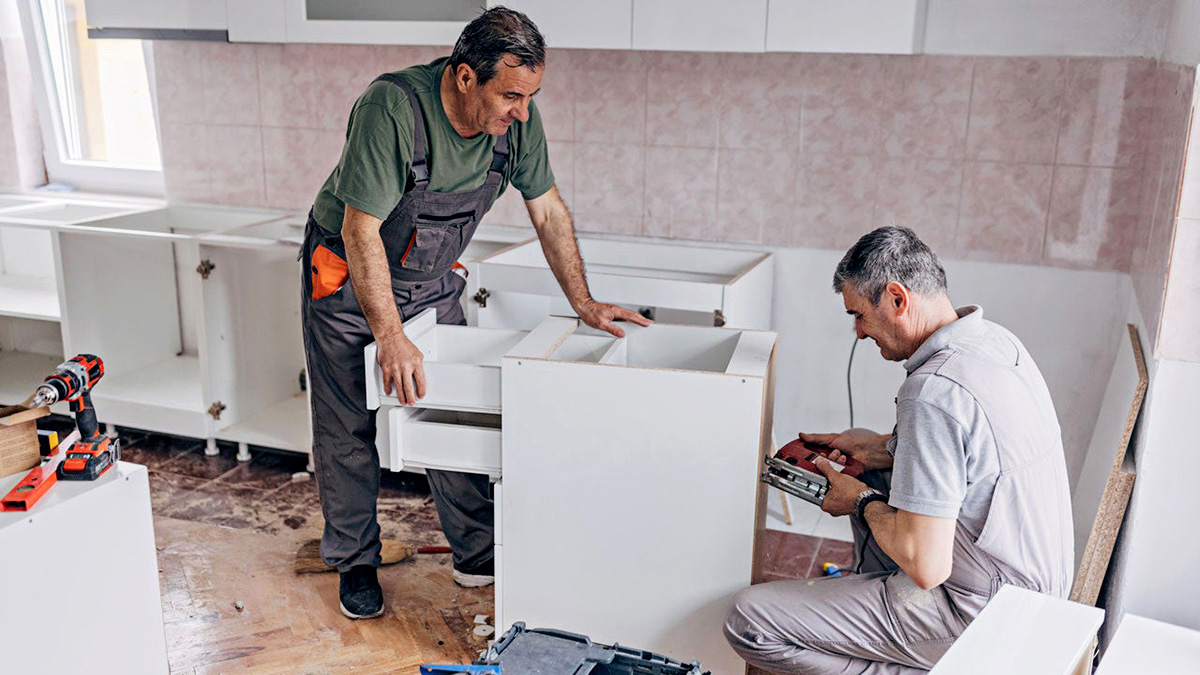

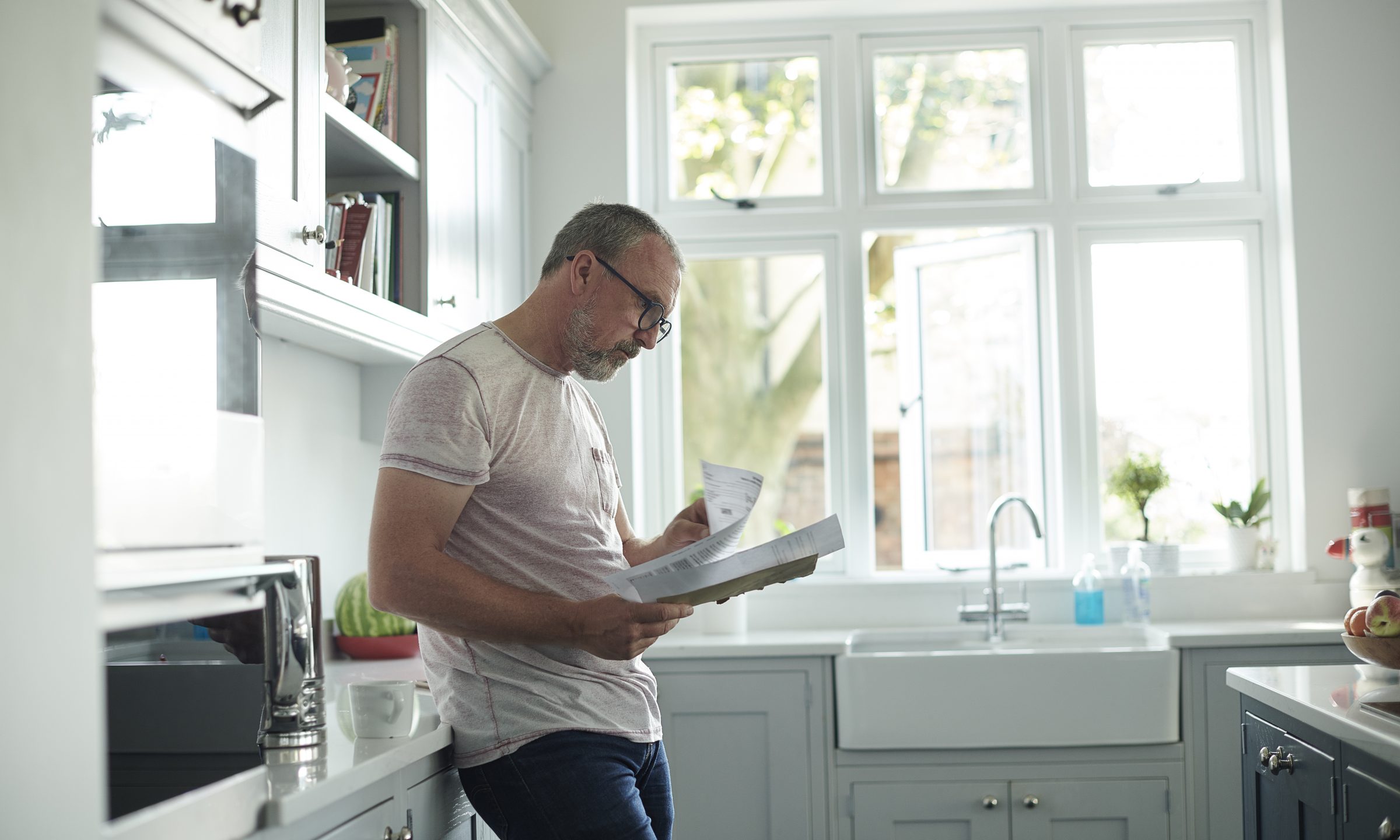
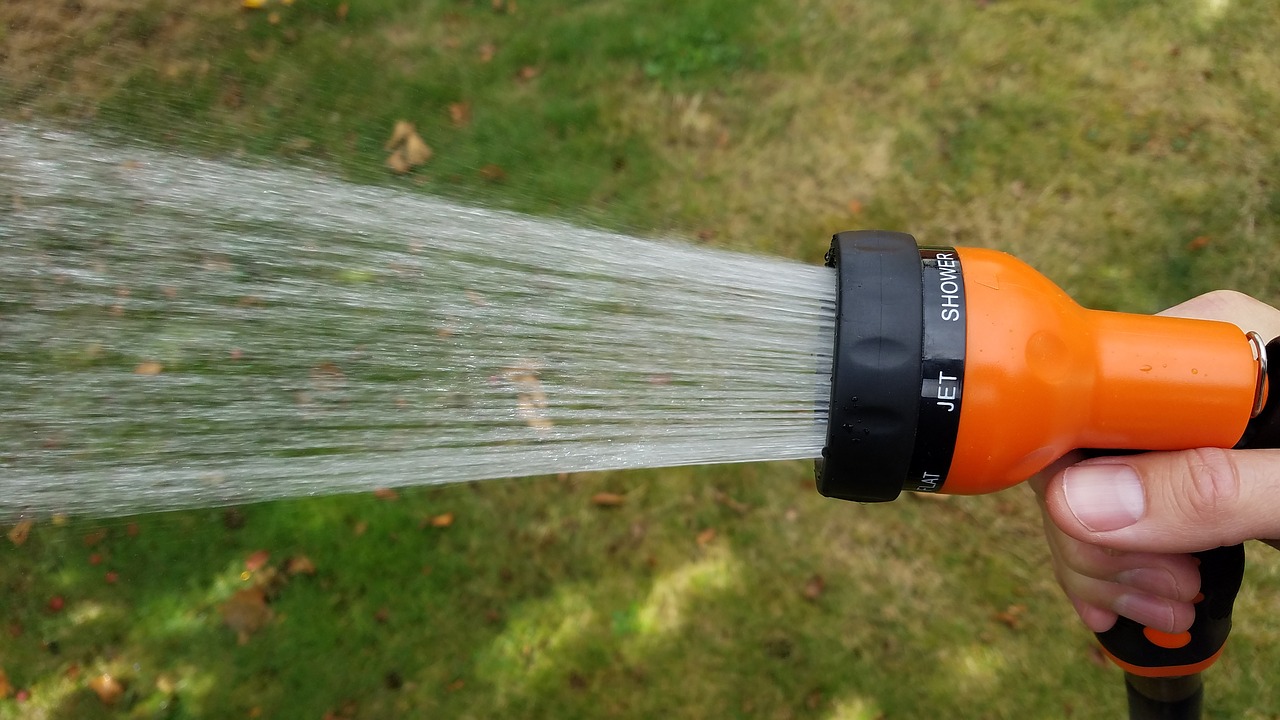



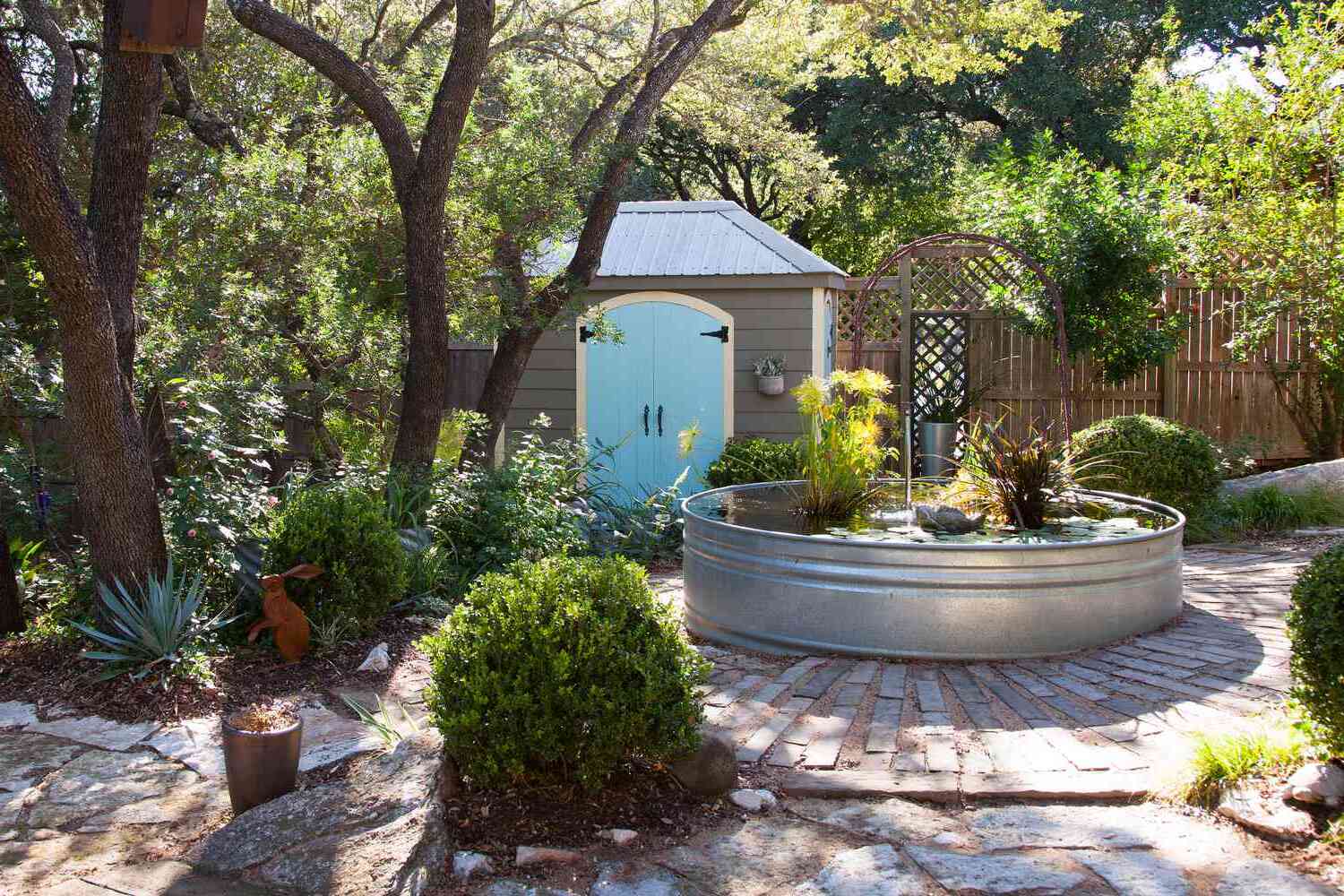

0 thoughts on “How Much Do Property Values Increase With The Addition Of Green Space”